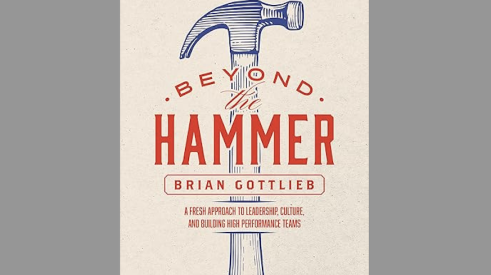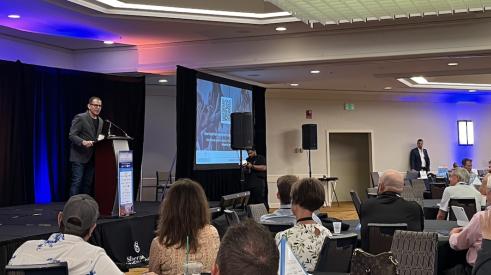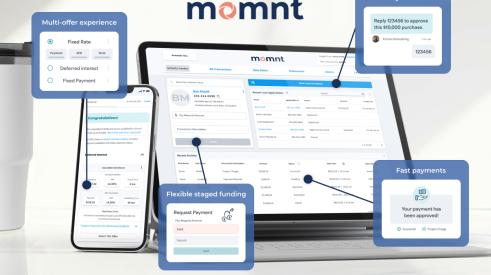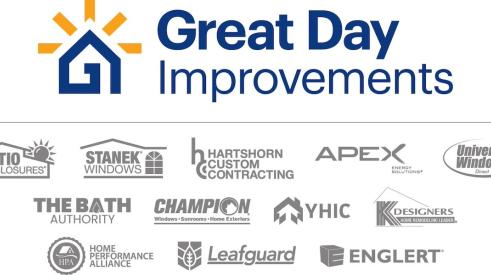Not long ago on The Tim Faller Show, the eponymous host weighed in on punch-lists: the outstanding items at the end of a remodeling project.
“I bought a car recently and when I went to pick it up, the salesman did not hand me a roll of blue tape and ask me to mark all the things I didn’t like about the car and they would fix them before I left,” Faller said on his podcast hosted by Remodelers Advantage. “Instead, he sat me in the driver’s seat, told me all of the amazing features that the new car had, and sent me on my way.”
 Why can’t the end of a remodeling project be like that?
Why can’t the end of a remodeling project be like that?
Many remodelers say that it can. These companies have challenged the age-old notion that punch-lists are a necessary evil, and instead established a new standard: the zero punch-list project. The goal is to complete the final client walk-through with no outstanding items left on the to-do list.
We spoke with 11 remodelers and industry consultants to discover how they strive to reach punch-list zero. Here are seven rules generated from those exchanges.
1. Don’t make homeowners responsible for spotting unfinished items
At most remodeling companies, items are left unfinished—often close to completion—with the belief that there must be a punch-list. These tend to include tasks such as minor repairs to finishes, cleanup, and outstanding installations.
There’s also an underlying assumption on both sides of the partnership that homeowners, rather than the remodeler, are responsible for pointing out issues found during the walk-through. The remodelers we spoke to all agreed that saddling homeowners with that responsibility creates the mindset that there will always be unfinished items for clients to find and that remodelers are trying to “sneak” these past homeowners.
Address these concerns as early as presale conversations, and carry the transparency throughout every interaction. Clients are less inclined to pick apart the smallest details of  a project if they know the remodeler is as invested in the project as they are.
a project if they know the remodeler is as invested in the project as they are.
2. Define what zero punch-list means to your company
The remodelers we spoke with were in various stages of creating a zero punch-list strategy, and each called what they were doing something different. But one thing they all had in common was clear parameters for their companies of what is acceptable at the time of a client walk-through.
Some companies are comfortable allowing for a handful of would-be punch list items before the walk-through begins. BOWA, for example, allows 10 simple items if necessary to avoid delaying the project completion date. (Simple, in this case, includes tasks like a small paint touch-up, installation of a drawer pull or light fixture already on site—anything that can be completed quickly and without bringing in multiple trades.)
Look at the average number of punch-list items on recent jobs, and set a challenging but realistic bar that will effectively utilize the team’s skills and move the company toward zero punch-list projects.
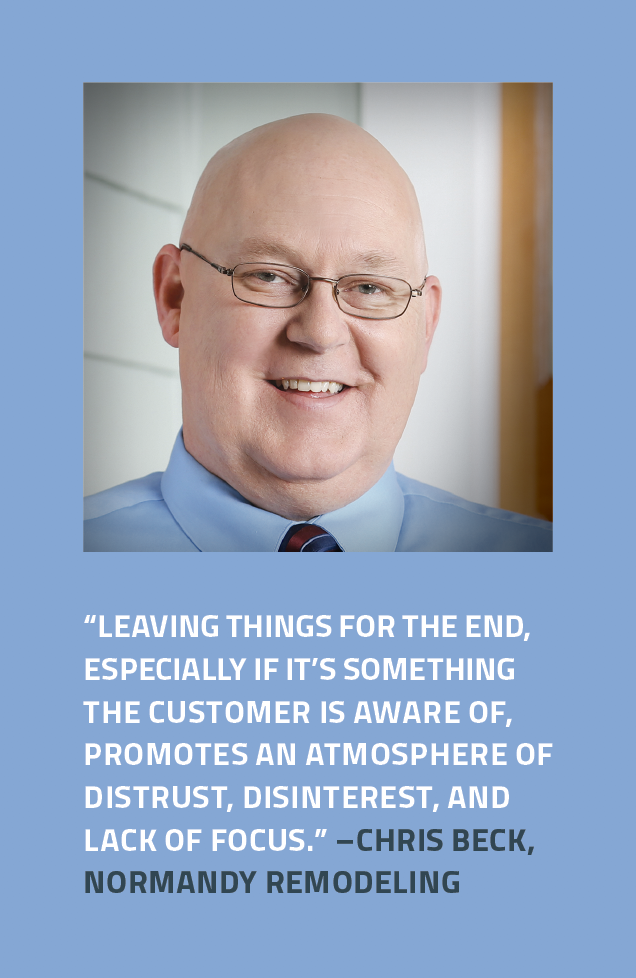 3. Keep a “rolling punch-list”
3. Keep a “rolling punch-list”
Many remodelers we spoke with differentiated lists generated during the project from traditional punch-lists created during the client walk-through. Examples include the strong finish checklist, the critical 10, and the quality control list.
For the purposes of this article, we’ll define any list of would-be punch-list items generated prior to the client walk-through as a “rolling punch-list,” the most common term used by the remodelers we interviewed.
Keeping a rolling punch-list from Day 1 to completion serves a dual purpose. For the individual project, the list creates a record of all outstanding tasks and when they cropped up. The project manager can easily see what tasks remain unfinished and how their completion (or lack thereof) affects the project timeline. These rolling punch-lists can then be compared between projects to help the company determine if any issues are showing up on multiple projects and if a process change can prevent them in future jobs.
The remodelers were split on how they prefer to track rolling punch-list items. A few prefer pen and paper, or a list on a whiteboard kept at each jobsite and updated daily. Others utilize shared spreadsheets, such as Google Sheets, or CPMs like BuilderTrend to keep everyone up to date in real time.
4. Designate a single person to manage the list
Assigning a single person to update the rolling punch-list prevents confusion. It also leaves no doubt as to who should be monitoring these tasks for the duration of the project.
 For most companies, this job should go to the project manager. In many cases, he or she also shares weekly rolling punch-list updates with the production manager, adding another level of accountability.
For most companies, this job should go to the project manager. In many cases, he or she also shares weekly rolling punch-list updates with the production manager, adding another level of accountability.
Some companies designate a single employee as the “punch-list guy,” who floats from job to job and takes care of easy punch list items that don’t require multiple trades, allowing the rest of the team to continue with the project.
5. Create and enforce deadlines
Late projects do not a happy client make. When items are added to the rolling punch-list, the point person should determine the urgency and difficulty of the task and assign a reasonable deadline. Items that can be taken care of right away should be.
The deadlines may not always be met, but creating them sets the expectation that items can’t simply be pushed to the punch-list. On average, the remodelers we spoke to achieve zero punch-lists on 60% of projects.
Some tasks, such as a dent in a finished wall, require bringing multiple trades back in. At the outset of the project, define how many days subs will have to correct any rolling punch-list items, attaching a financial penalty to failure to complete them. (Some remodelers suggest a penalty of completing the work at cost plus 25%.)
Inform clients they also play a role in these deadlines. For example, if an item is on backorder and the client has been told they can wait or make a new selection, they should also be given a deadline to decide. Check in with them as it nears, both to provide any needed guidance and to keep them mindful of the  deadline.
deadline.
Many of the remodelers use incentives to keep the team on deadline and working toward punch-list zero. The most common is to reward the PM with a percentage of the total retail price of the project, if the job meets the project completion date and the company’s standards for zero punch-list.
6. Conduct a team walk-through before the client walk-through
Even when a PM stays on top of rolling punch-list items, tasks can slip through the cracks. Minimize items found by the client during the final walk-through by conducting a team walk-through 1 to 2 weeks prior to the scheduled project completion date.
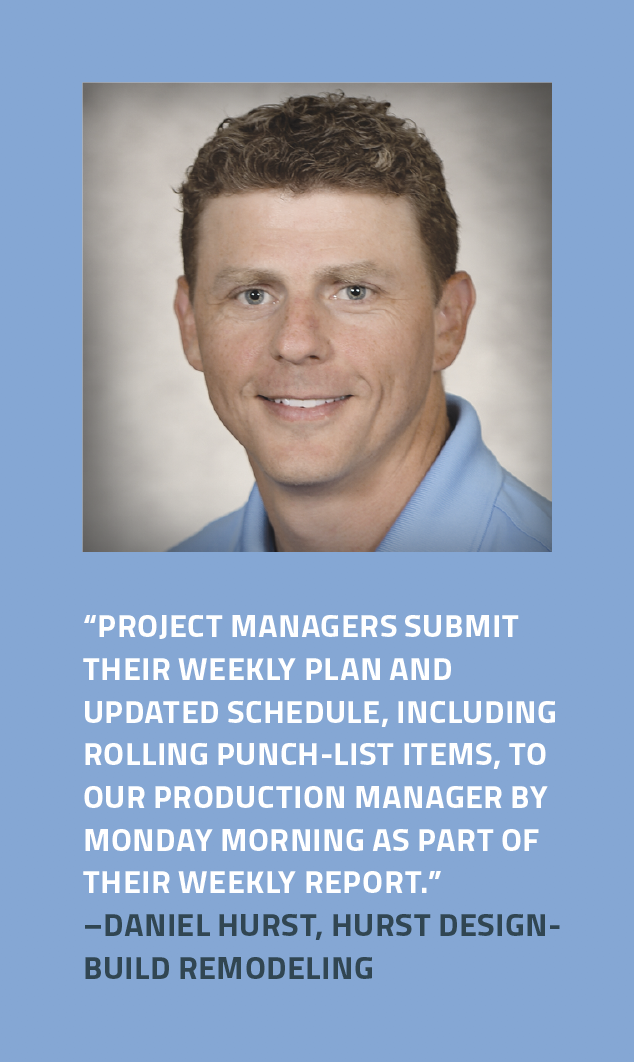 Some remodelers bring in a fresh set of eyes from elsewhere in the company, either a senior production manager, or a PM from another job. During the team walk-through, any outstanding items are noted, and the point person creates a plan for completing those items before the client walk-through.
Some remodelers bring in a fresh set of eyes from elsewhere in the company, either a senior production manager, or a PM from another job. During the team walk-through, any outstanding items are noted, and the point person creates a plan for completing those items before the client walk-through.
Pulling a PM off his or her own job to walk through another job sounds counterintuitive when trying to save time, but PMs learn from inspecting other projects and can take that knowledge back to their own projects.
Consider conducting multiple walk-throughs of the site at various times during the project. Case Design/Remodeling holds a “mid-job huddle,” where the developer, designer, PM, lead carpenter, and client come together to discuss outstanding items and what could get in the way of completing the project on time.
7. Debrief
Scheduling time for a debrief on each project allows the team to discuss successes, look at pain points, and determine what lessons can be carried into future projects.
The remodelers we talked with debrief as soon as possible, usually within a week after project completion.
Thanks to the following remodelers and industry consultants for sharing their ideas and experience with us:
Michael Barkhouse, Construction Manager, Amsted Design Build
Chris Beck, Director of Production, Normandy Remodeling
Tim Faller, Senior Consultant, Remodelers Advantage
Weston Hinden, Owner, Zero Punch List Construction Services
Melanie Hodgdon, President, Business Systems Management
Daniel Hurst, Owner, Hurst Design-Build Remodeling
David Keebler, Production Manager, Harth Builders
Jim Little, Owner, BOWA
Patty McDaniel, President, Boardwalk Builders
Mark Simone, General Manager, Cipriani Remodeling Solutions
Daniel Speer, Vice President, Case Design/Remodeling
Add new comment
Related Stories
Brian Gottlieb Receives Remodeling Mastery Award
Presented by industry icon, Mark Richardson, the award celebrated Gottlieb’s extraordinary impact on remodeling
What's Beyond the Hammer?
Working with Brian Gottlieb on the book Beyond the Hammer provided a masterclass on how to build an aligned team
5 Counterintuitive Strategies to Improve Your Business
Follow these strategies to inspire employees, instill trust, and beat the competition
Couple Act As Much More Than General Contractors
How LBR Partners uplifts and educates their Spanish-speaking trade partners
How to Correctly Hire for Business Growth
Refloor CEO Brian Elias shares exactly how his company hires the correct people for the correct seats
Power Home Remodeling Expands Financing Offshoot with $400M from Goldman Sachs
Industry-leading home improvement company Power plans to grow its fintech offshoot fivefold with new investment
· sponsored
Increase sales and grow your business with Momnt Contractor Financing
Give your clients simple, fast, and affordable payment options for the investments that matter most
Great Day Improvements Acquires LeafGuard and Englert
Leading home improvement company Great Day Improvements purchases two major brands from private equity firm Audax
Latest Private Equity Activity Signals Continued Strength in Home Improvement
A hot month for private equity means the industry remains opportunity-rich
Josh Sparks: To Infinity (Exteriors) and Beyond
A roofer-turned-CEO who’s succeeding in his mission of up-leveling the industry





